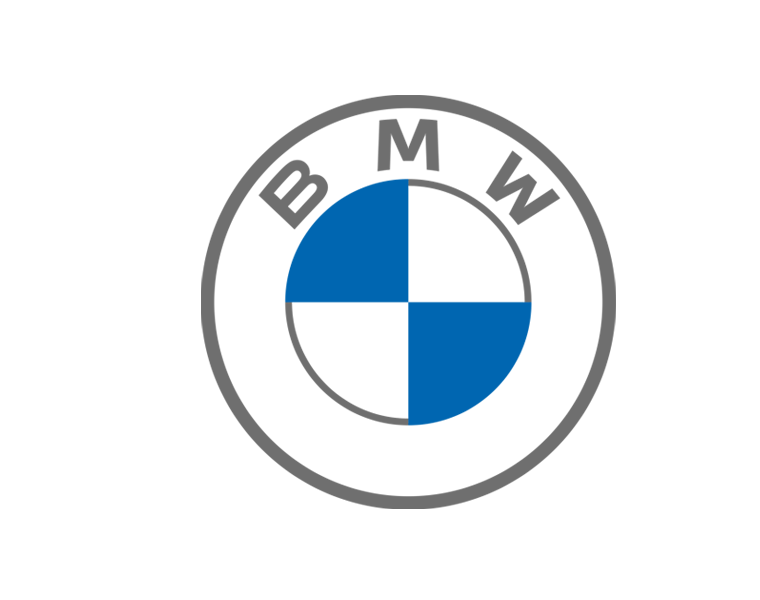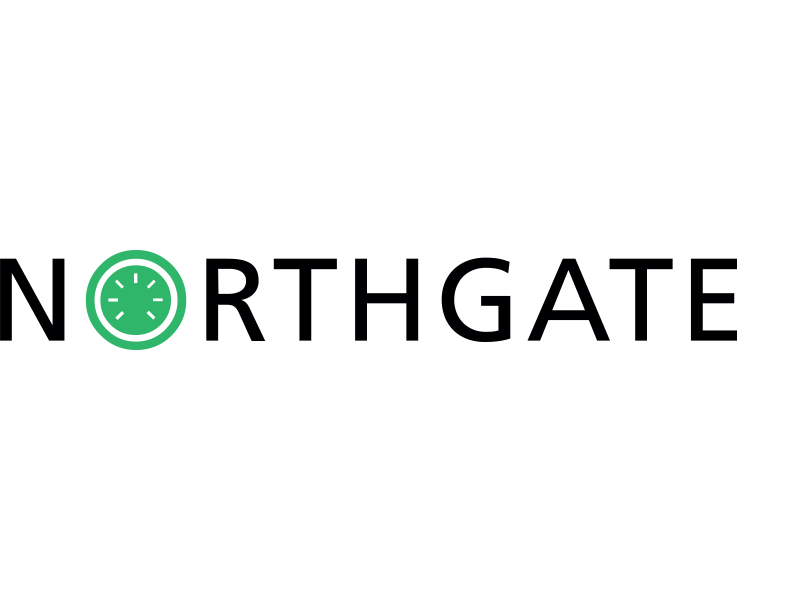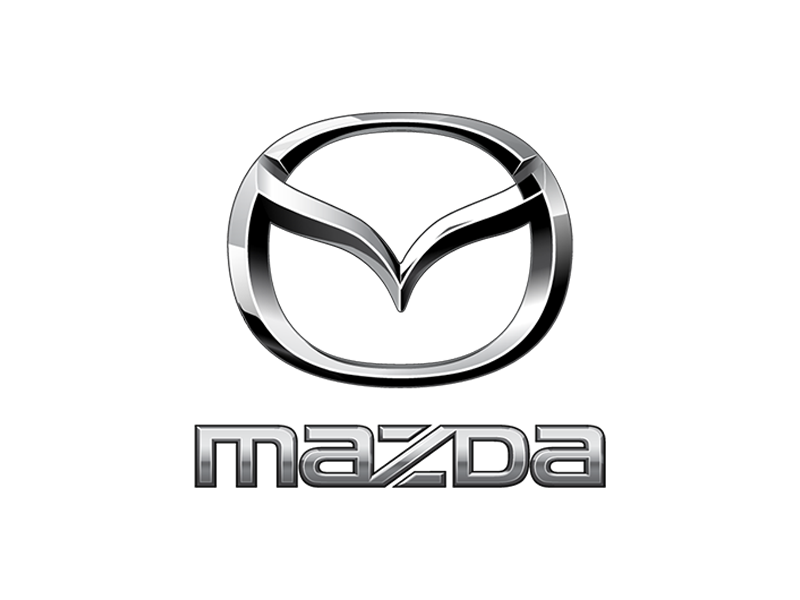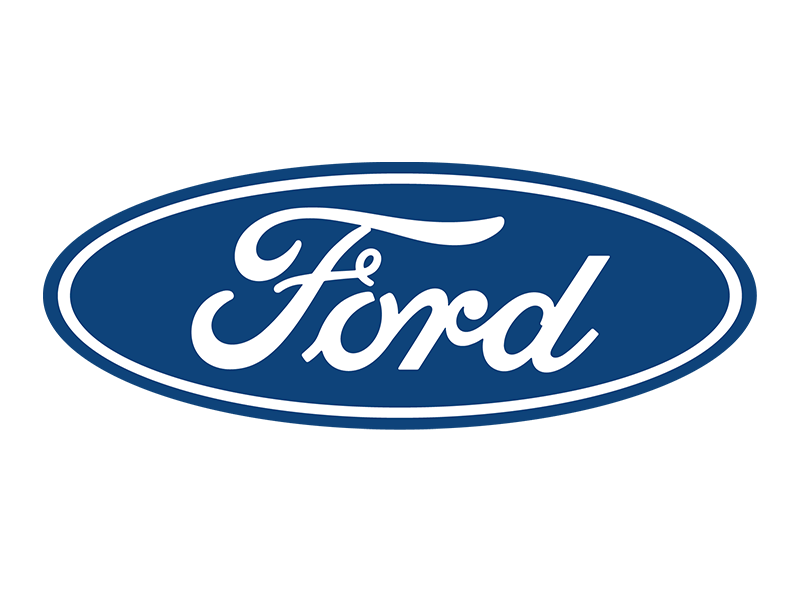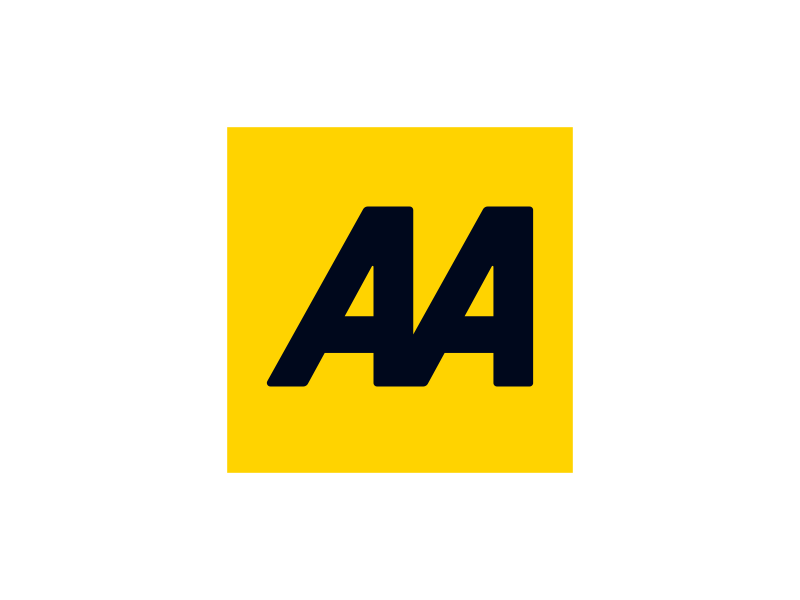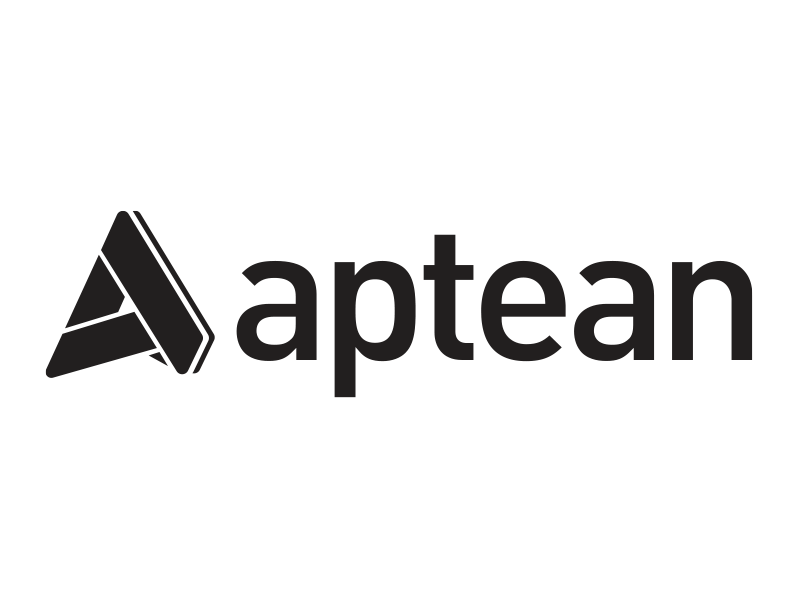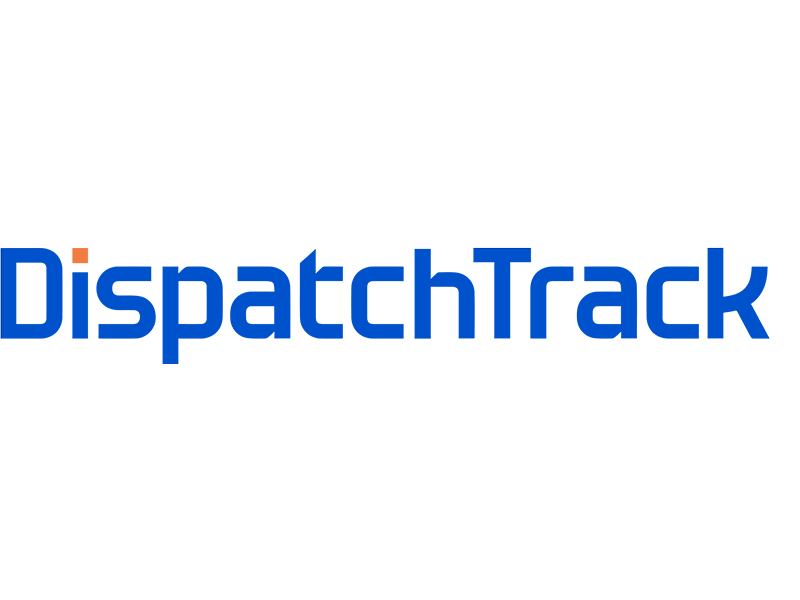Drivers continue to get a raw deal at the pumps despite prices falling slightly in May, according to the RAC.
Its data shows the average cost of a litre of unleaded “finally” dropped by 2.4p last month, from 150.31p to 147.88p, saving drivers around £1.30 a tank, with the reduction at supermarkets smaller at just 1.2p (147.31p to 146.15p).
Average diesel prices dipped further by 4.5p, from 158.06p to 153.58p, although again supermarkets cut by less at 3.4p a litre, from 154.93p to 151.49p.
But the RAC says its figures show pump prices should be much lower due to a current huge disparity between wholesale prices – which retailers pay to buy the fuel and which have been falling since late April – and what drivers are charged at forecourts.
The motoring services organisation warns that retailers are “persistently taking far higher margins than they have done historically”.
Fuel margins for petrol are currently at the 13p mark while diesel is even higher at 16p, despite the long-term margin on both fuels being around 8p per litre.
RAC senior policy officer Rod Dennis said: “A month of decreasing fuel prices should be seen as a good one for drivers, but the sheer time it is taking for any meaningful price reductions to reach forecourts is, if anything, a continuing cause of concern. When it comes to much-needed pump price cuts, it’s sadly a case of too little, too leisurely, with most drivers still getting a miserable deal every time they fill up.
“We’re once again in classic ‘rocket and feather’ territory, with pump prices only trickling down when they should really be falling like a stone. What’s more, not only have wholesale prices been coming down consistently for over a month, but the average margins taken by retailers are still so much bigger than in the past. This means pump prices are at levels much higher than we ought to be seeing, which is all the more concerning given drivers are meant to still be benefiting from a 5p a litre duty cut introduced more than two years ago.”
Asda no longer holds the crown for selling the cheapest fuel
The RAC’s analysis of data provided to the Competition and Markets Authority (CMA) also found that Asda – which historically prided itself on selling the cheapest fuel – is no longer the most affordable retailer. That’s despite the pledge made when it was subject to a merger a year ago.
Instead, the other three supermarkets that make up the ‘big four’ – Tesco, Morrisons and Sainsburys – are selling petrol for an average of 2.1p less per litre (145.25p per litre, compared to Asda at 147.38p) and diesel for 2.5p less (150.45p per litre, compared to Asda at 152.98p).
Yet again, the lowest average UK fuel prices are to be found in Northern Ireland where a litre of petrol retails for just 141.4p (5.7p less than the rest of the UK) and diesel at 142.5p (9.9p less than the rest of the UK).
But top deals can also be found at a “tiny” number of forecourts elsewhere in the UK. The cheapest petrol is currently on sale at under 139p a litre at locations in Bishop Auckland in County Durham and St Leonards-on-Sea in East Sussex, and diesel at under 143p a litre in Arbroath in Scotland.
The RAC said the CMA’s new powers could ensure fairer prices in the future though, after the Digital Markets, Competition and Consumers Act became law last month.
This now makes the CMA the designated body for closely monitoring road fuel prices and reporting any sign of malpractice to the Government – following the competition watchdog’s report last year that concluded major retailers had overcharged by £900m in 2022.
RAC’s Rod Dennis said: “The CMA now has the powers it needs to take a closer look at what’s going on across the country when it comes to fuel retailing. In the short term, this should mean greater visibility of pump prices for drivers – and the far fairer prices that those in Northern Ireland continue to enjoy. But crucially, it should also mean it can identify occasions where wholesale price drops aren’t being properly reflected at the pumps, something our analysis shows is sadly still happening.
“What’s more, whichever party takes power after next month’s general election will have the prickly job of deciding what to do about the supposedly temporary cut in fuel duty. Looking at the UK’s current pump prices, it’s easy to forget this cut is meant to ease the cost of refuelling right now. As a result of the energy price crisis, many governments across Europe have since increased their duty rates again after previously helping drivers. Yet in the UK, diesel prices are still higher than anywhere else on the continent and petrol prices are still among the top 10 most expensive.”
The RAC believes that if the biggest retailers were to charge “fairer margins”, it would lead to:
- Fuel prices across the UK mainland coming down to match those charged in Northern Ireland, which are consistently lower.
- An end to the ‘postcode lottery’ which can see individual retailers charging wildly different prices at the forecourts they operate.
- An end to ‘rocket and feather’ pricing, which results in prices on the forecourt going up far more quickly in a rising wholesale market than they come down when wholesale costs fall.
- Those driving diesel vehicles “not being consistently overcharged” as a result of retailers “upping margins on diesel to subsidise the price of petrol”.

